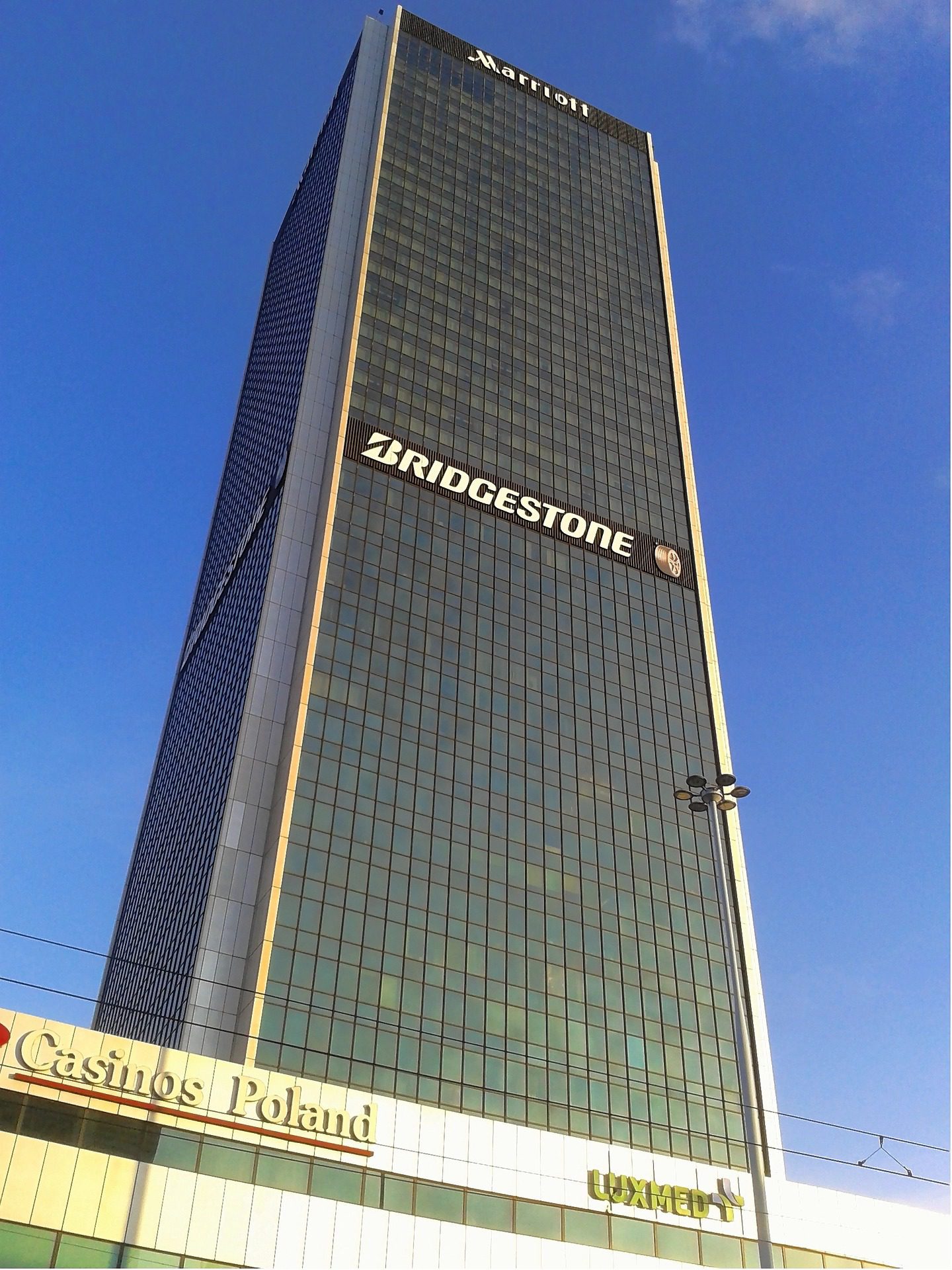Industrial Design as a legal branch of Intellectual Property Rights has value and benefits for industries that must be protected. The Protection of Industrial Design makes Designers more creative and productive in creating and producing industrial design works.
The use of an industrial design that belongs to someone or someone’s creation must have reciprocity between the right holder and the user of a design in the principle of protection of intellectual property rights namely the Principle of Justice and Economics.
The latest news from Bridgestone Corporation announced that it has received a favorable ruling from the Beijing Intellectual Property Court in its design rights infringement lawsuit against major Chinese tire manufacturer Shengtai Group.[1] The case began when Bridgestone filed a lawsuit with The Beijing Intellectual Property Court (China) in September 2015. The disputed design rights pertained to the tread pattern for the Bridgestone ST3000 truck tire.
In the lawsuit Bridgestone has claimed that the activities of manufacturing and selling tires made by Shengtai Group uses a truck tire tread pattern which is owned by Bridgestone, which the truck tire tread pattern engraved on the tire in direct contact with the road surface. In January 2019, The Beijing Intellectual Property Court upheld Bridgestone’s claim and ordered Shengtai Group to pay compensation of 10 million Chinese Yuan to Bridgestone, which at the end Bridgestone won the case.
On 5 July 2019, Bridgestone received a favorable decision on industrial design infringement lawsuit against major Chinese tire manufacturers, namely Guangzhou South China Tire & Rubber Co., Ltd. and Wanli Tire Co., Ltd (Wanli Tire). In this case it began when Bridgestone filed a lawsuit in October 2015, claiming that the tire production and sales activities were carried out by Wanli Tire, which used Bridgestone’s tread pattern i.e. DUELER A / T REVO 2 tires whose designs were formed on the direct contact parts of the tire with road surface.[2]
In May 2017, the Shanghai Intellectual Property Court found in favor of Bridgestone. Wanli Tire appealed the decision to the Shanghai High People’s Court, which upheld the lower court’s decision. As a result of the decision, Wanli Tire was ordered to stop tire manufacturing and sales activities and pay compensation to Bridgestone Company for 600,000 Chinese Yuan.
Recently that happened between Bridgestone Corporation againts major Chinese tire manufacturers Shengtai Group and Shandong Shengshi Tailai Rubber Technology Co., Ltd. (Shengtai). which is that it has received a favorable ruling from the Intermediate People’s Court in Qingdao, China in its design patent infringement lawsuit.[3] In March 2018, Bridgestone filed the lawsuit claiming that tire manufacturing and sales activities conducted by Shengtai used the patented tread pattern (Tread pattern refers to the design molded into the section of the tire that comes into direct contact with the road’s surface).
The Bridgestone BLIZZAK VRX studless tire for passenger cars and that these activities were therefore in violation of the Company’s patent rights. In July 2019, Shengtai was ordered to cease activities, dispose of the dedicated molds, and pay Bridgestone damages in the amount of 800,000 Chinese yuan.
As explained in the case above, if we reviewed in positive law in Indonesia, based on Article 2 of Law No. 31 of 2000 concerning Industrial Design states that “Industrial Design Rights are granted for new Industrial Designs”. The industrial design is considered new if on the Filing Date, the industrial design is not the same as the previous disclosures.
Disclosure in industrial design can be done through printed or electronic media, including participation in an exhibition. If the disclosure of an industrial design is the first or has been disclosed by the Designer through printed or electronic media, it can be said that it will eliminate the element of novelty. The novelty can also be seen from the shape, configuration, composition of lines or colors, lines and colors, or a combination thereof which is in the form of three or two dimensions which gives an aesthetic impression.
Holders of Industrial Design Rights have exclusive rights to exercise their industrial design rights, the use of a design carried out by another person without his permission or approval can be said to be a violation of industrial design as explained in Article 9 Paragraph (1) of the Industrial Design Law which states “The Right Holder of Industrial Design has the exclusive right to exercise his Industrial Design Right and to prohibit others without his approval to make, use, sell, import, export, and / or distribute goods that are granted the Right to Industrial Design”.
Bridgestone takes seriously any unauthorized use or infringement of its patents, trademarks or any other intellectual property. With this level of vigilance, Bridgestone is prioritizing the safety and reliability associated with its products and maintaining and enhancing its hard-earned brand value.[4]
Therefore, each Industrial Design Right Holder who feels violated by another party can file an industrial design suit that intentionally and without the right to conduct as referred to in Article 9 to the Commercial Court as stated in Article 46 Paragraphs (1) and (2) of the Industrial Design Law. In addition, the parties can also settle the dispute through Arbitration or Alternative Dispute Resolution (ADR).
SOURCE :
- Law Number 31 of 2000 concerning Industrial Design
- https://www.bridgestone.com/corporate/news/2019041201.html, accessed on September 10, 2019
- https://www.bridgestone.com/corporate/news/2019082201.html, accessed on September 24, 2019
- https://www.bridgestone.com/corporate/news/2019090502.html, accessed on October 10, 2019
[1] https://www.bridgestone.com/corporate/news/2019041201.html
[2] https://www.bridgestone.com/corporate/news/2019082201.html
[3] https://www.bridgestone.com/corporate/news/2019090502.html
[4] Ibid.






